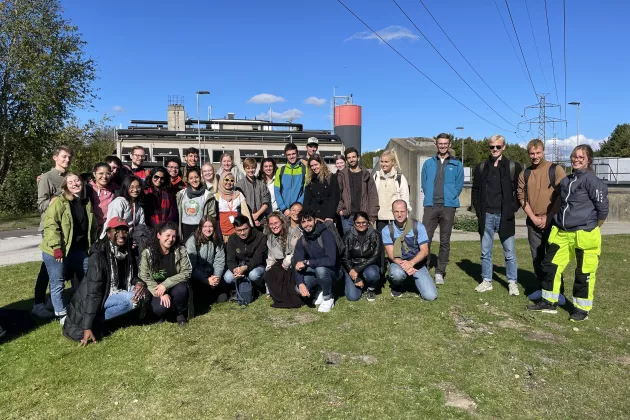Circular water management has the potential to close resource and material loops within and across value chains. In the water industry, circular municipal wastewater management through industrial urban symbiosis (IUS) is recognized as a solution to overcome water scarcity in urban environments. IUS involves collaboration between actors with different organizational backgrounds, which can lead to inherent risks of conflicting goals. This study explores how different values drive various organizations to participate in an emerging circular wastewater collaboration. The study comprises a literature review of 34 scientific articles and a case study of a potential circular wastewater system through IUS in Simrishamn, Sweden. It presents an interdisciplinary framework based on the total economic value concept and organizational archetypes for examining actor values in circular wastewater management. This framework provides a novel approach for assessing different values and how they may compete or align. It can also identify the absence of certain values, enabling the achievement of a minimum level of value coherence amongst different actors, and thereby increasing the sustainability and effectiveness of circular wastewater collaborations. Therefore, careful planning and stakeholder interaction, in accordance with economic value perspectives, can enhance the legitimacy and policy development of circular solutions.
Read the article here.





